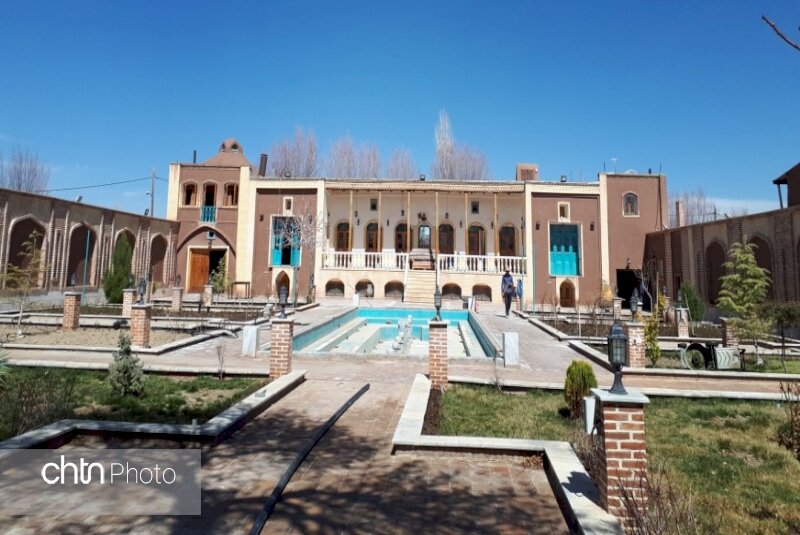New properties in Isfahan added to national heritage list

TEHRAN –A total of 12 aging structures and historical monuments, which are scattered across Isfahan province, have recently been inscribed on the national heritage list.
The Ministry of Cultural Heritage, Tourism and Handicrafts announced the inscriptions on Thursday in a letter to the governor-general of the province, CHTN reported.
Niknam Mansion, Darb-e Kushk Mosque, Sar-Robatan Public Bathhouse, Haj Hassan Castle, and Isfahan’s Electricity Factory are among the properties added to the prestigious list.
The list also includes Heidar Seifi Mansion, Master Hassan Kasai’s house, and Chaharsuq Pudeh Bazaar.
Soaked in a rich history and culture, Isfahan was once a crossroads of international trade and diplomacy in Iran. Now, it is one of Iran’s top tourist destinations for good reasons. The ancient city is filled with many architectural wonders such as unmatched Islamic buildings, bazaars, museums, Persian gardens, and tree-lined boulevards. It’s a city for walking, getting lost in its mazing bazaars, dozing in beautiful gardens, and meeting people.
The city has long been nicknamed as Nesf-e-Jahan which is translated into “half the world”; meaning seeing it is relevant to see the whole world. In its heyday, it was also one of the largest cities in the region with a population of nearly one million.
Isfahan is renowned not only for the abundance of great historical bridges but also for its ‘life-giving river’, the Zayandeh-Rood, which has long bestowed the city an original beauty and fertility. The cool blue tiles of Isfahan’s Islamic buildings, and the city’s majestic bridges, contrast perfectly with the encircling hot, dry Iranian countryside.
The huge Imam Square, best known as Naghsh-e Jahan Sq. (literary meaning “Image of the World”), is one of the largest in the world (500m by 160m), and a majestic example of town planning. Built in the early 17th century, the UNESCO-registered square is punctuated with the most interesting sights in Isfahan. Modern Isfahan is now home to some heavy industry, including steel factories and a nuclear facility on its outskirts, however, its inner core wants to be preserved as a priceless gem.
ABU/AFM

Leave a Comment